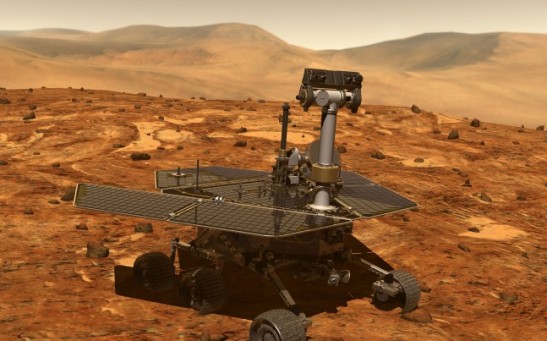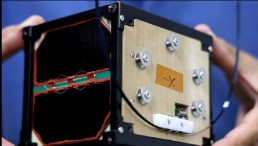space
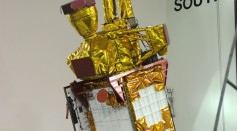
SMAP Craft Set to Move to Launch Pad
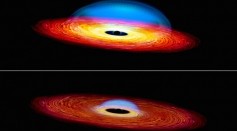
Researchers Discover Dimming Switch on a Quasar
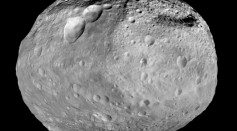
Evidence of Water Flows Found on Vesta
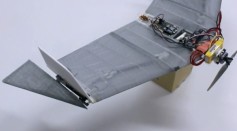
Bat-Like Bot May Soon Fly Its Way Into Space—The New Drone Frontier

NASA Scientists Mystified by White Spot on Ceres
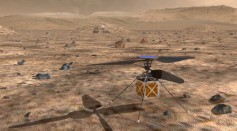
Could the Skies of Mars One Day Be Filled with Drones
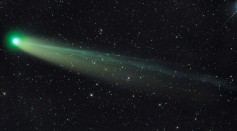
So Long Lovejoy, See You in 8,000 Years
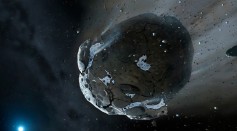
Massive Asteroid Doing a Flyby of Earth

NASA Researchers Resolve Every Star in New Panoramic View of Andromeda

Comet Awakes As It Approaches the Sun
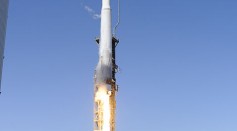
Navy Launches New Communications Satellite
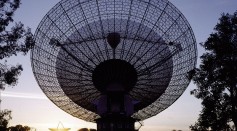
Follow-Up on the Alien Radio Transmissions and What they Could Mean for Researchers? Finding Stellar remnants far after the blast
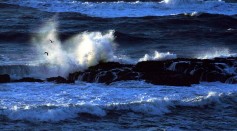
Dust on the Ocean Floor Reveals Ancient Supernova
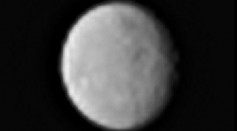
Dwarf Planet Ceres Approached by Dawn
Most Popular

The Role of AI in the Next Generation of Logistics: Insights from Tobias Waldhecker

Alzheimer's Treatment Drug Lecanemab Found to Increase Death Risk, New Research Shows

Cloned Black-Footed Ferret Gives Birth to Two Healthy Kits

Optimizing Complex Catalog Systems with Graph Theory and Indexing

